In this article, we will strive to talk about the pollination process of the tree of the apple Goldrush and point out the other characteristics of this apple. We hope that these important information would be beneficial.
The amount of times you need medical attention will decrease down if you consume an apple daily. However, have you ever heard of apples that can defend themselves from a wide variety of pests and diseases?
It is with great pleasure that I introduce you to the Goldrush Apple. They get their name from both their golden color and the intense flavor that hits your taste buds like a firework when you bite into one of these apples for the first time. These apples were given their current name because of their size and flavor.
In the next part of this essay, we’ll look at why the demand for Goldrush Apples has been on the rise recently. If you’re interested in learning more about this apple, keep on reading!
Goldrush Apples were created by apple breeder E.B. Williams. He came up with the concept for the new variety. They were planted at the HE Block of the Purdue Horticulture Farm on the campus of Purdue University in West Lafayette, Indiana, after a successful cooperative breeding effort.
This took place after the project had been completed. Because the Golden Delicious was one of the key parent cultivars, many people assumed that the seedling had been crossed for at least six generations with Melrose, Rome Beauty, Winesap, and Siberian Crab Apple. One of the most important parent cultivars was the Golden Delicious, which explains why this happened.
Since we knew that the Golden Delicious apple was a parent variety, we reasoned that the children must also be of that variety. The Golden Delicious apple is widely acknowledged as a pivotal variety in the history of the apple, which provided support for this concept.
Goldrush apples are a hybrid variety developed by extensive cultivar development and subsequent cross-pollination. This explains why their genetic makeup is so complicated; it’s one of the factors that gives them their exceptional intelligence.
The golden hue of these apples comes from natural colors that have been brought out via careful breeding. For this reason, the apples have taken on a stunning golden hue.
Not until late autumn, when the weather cools down and the apples have had time to fully ripen, is it best to pick them; this is also when they will have the best flavor and texture.

They range in size from a fist to a hand, and their shapes vary from spherical to ovate to conical depending on the conditions in which they are discovered.
You can enjoy them cooked in a dish or raw in a salad, depending on your preference. You can eat, drink, or otherwise take advantage of them as you see fit. They also make great snacks that you can have anytime you want. These apples are sweet, but they’re also sour, and they have a surge of spicy flavor that you shouldn’t experience.
One of these apples can have a diameter of between six and eight centimeters, on average.
These delicious apples are particularly suitable to being farmed in the northern hemisphere because of their outstanding resilience and adaptability to a wide range of temperature conditions.
Because of their resistance to apple scab and numerous other pests and diseases, they may be planted almost anywhere and will continue to thrive regardless of the environmental conditions they are exposed to.

This is due to their immunity to apple scab. They thrive in climate zones 5 through 8, therefore that’s where most gardens keep them.
Goldrush Planting distance for apple trees in a row is typically between 12 and 15 feet. Ample space is created for picking and trimming. Dwarf varieties, on the other hand, call for a much narrower area, somewhere between 8 and 10 feet wide. In order to facilitate the trees’ potential development to heights of up to 15 feet, you will need to leave a large amount of space between each of them.
Goldrush The apple tree doesn’t need any human assistance to bear fruit. This proves they can reproduce on their own, which is fantastic news for individuals who aren’t particularly skilled at taking care of plants because it implies they won’t need as much attention as they would otherwise. However, you’ll still want to stick close to a couple other kinds to ensure you get enough fruit.
These trees go through a cycle every two years because of the environment they’re in. They only produce a large fruit harvest once every two years.
If, however, you prune the tree of some of its fruit clusters at the start of the growing season, you should be able to train it to reliably bear fruit each year thereafter. This should help you condition your tree to reliably provide fruit each year. With this strategy in place, you should be able to successfully teach your tree to bear fruit.
Although apple trees are tough and can grow in partial shade, they produce the best fruit when given a lot of direct sunlight. The apples can be picked once the apple tree is fully grown. But increasing the amount of time spent in the sun increases the harvest.
Apple trees thrive on well-drained, neutral-pH soil that is rich in organic matter (between 6.0 and 7.0).
Most apple trees need watering at a rate of 12–15 gallons per week between May and September. The growth season for apples coincides with this time frame.

Fertilizing apple trees with nitrogen throughout their active growth period may improve fruit production. It’s best to give them a full dose of fertilizer in the fall and winter, when they’re entering their dormant phase and ready to absorb nutrients. You should fertilize them now for the best results.
Remember that apple trees need springtime branch pruning to continue giving the impression that they are healthy. Since this is a biennial plant, you’ll need to thin the fruit to ensure a bumper crop.
We take great pride in being the top firm in the exportation of fruits around the world. We provide a wide range of services to our customers, such as packing, shipment, and inspection. If you have any queries or would like more information, kindly use the contact form on our website. We’ll reach out to you as soon as we can.
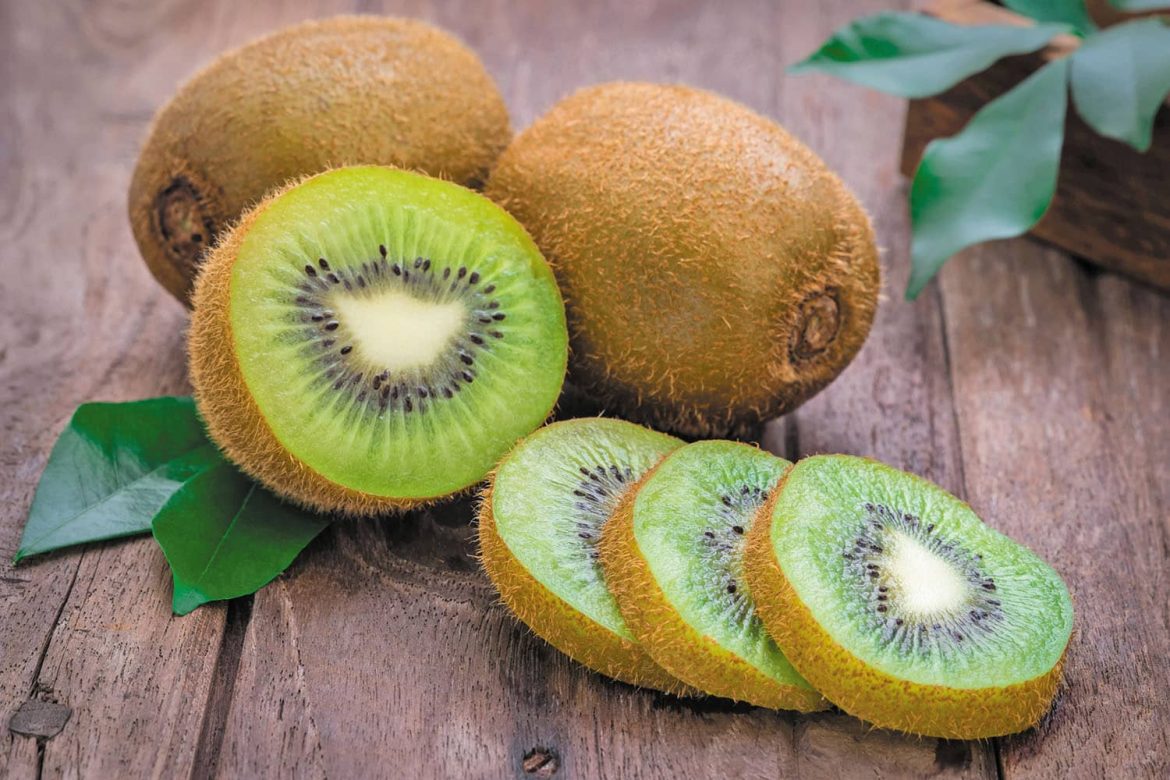
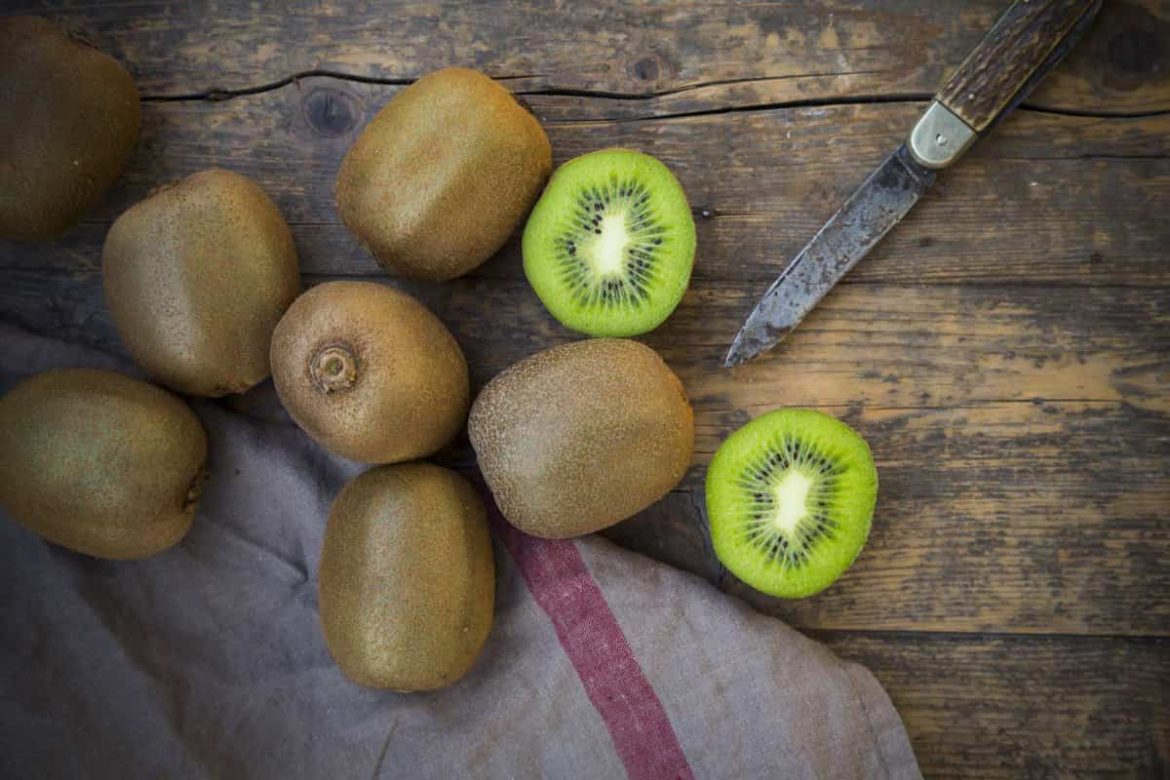
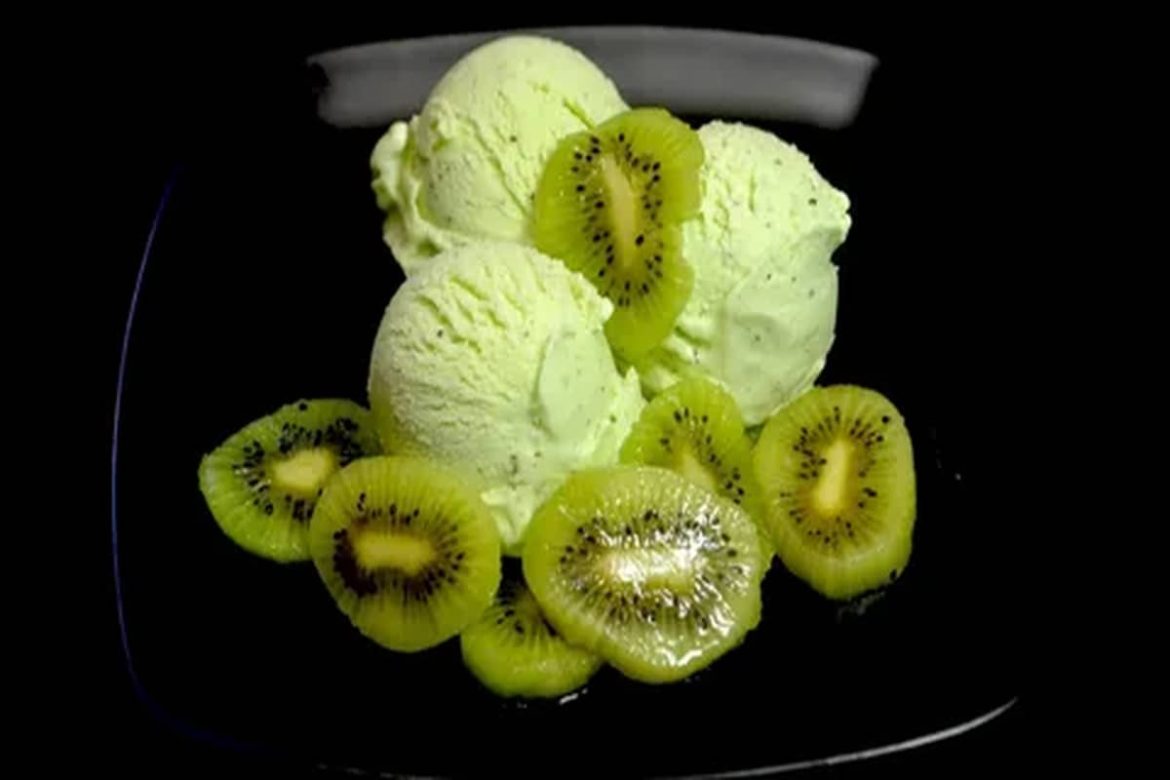

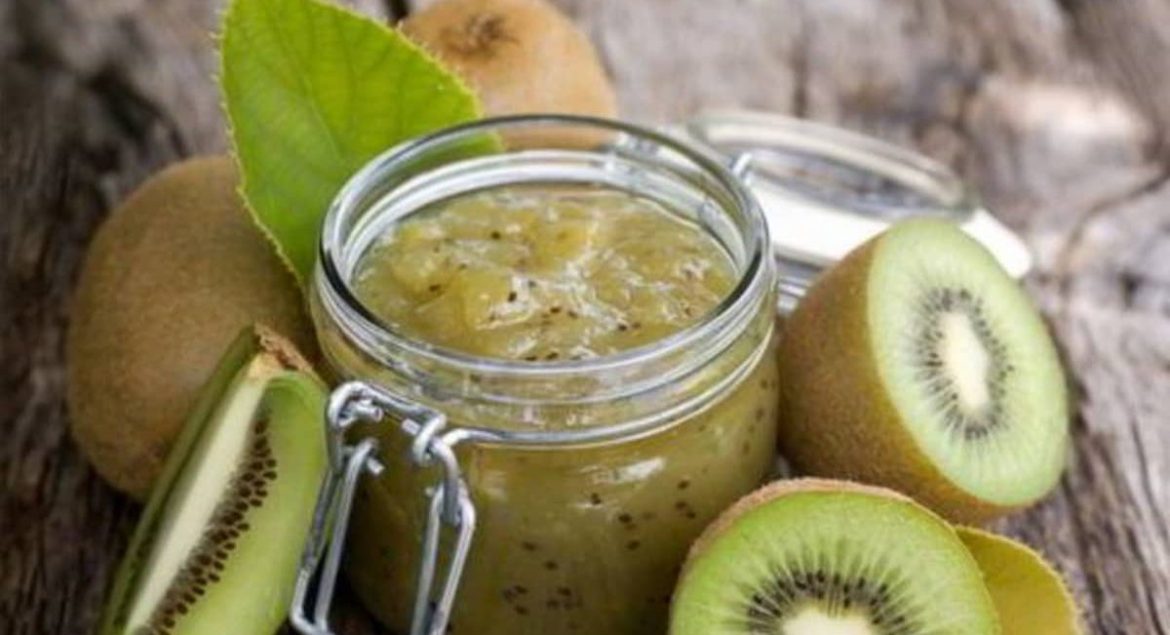
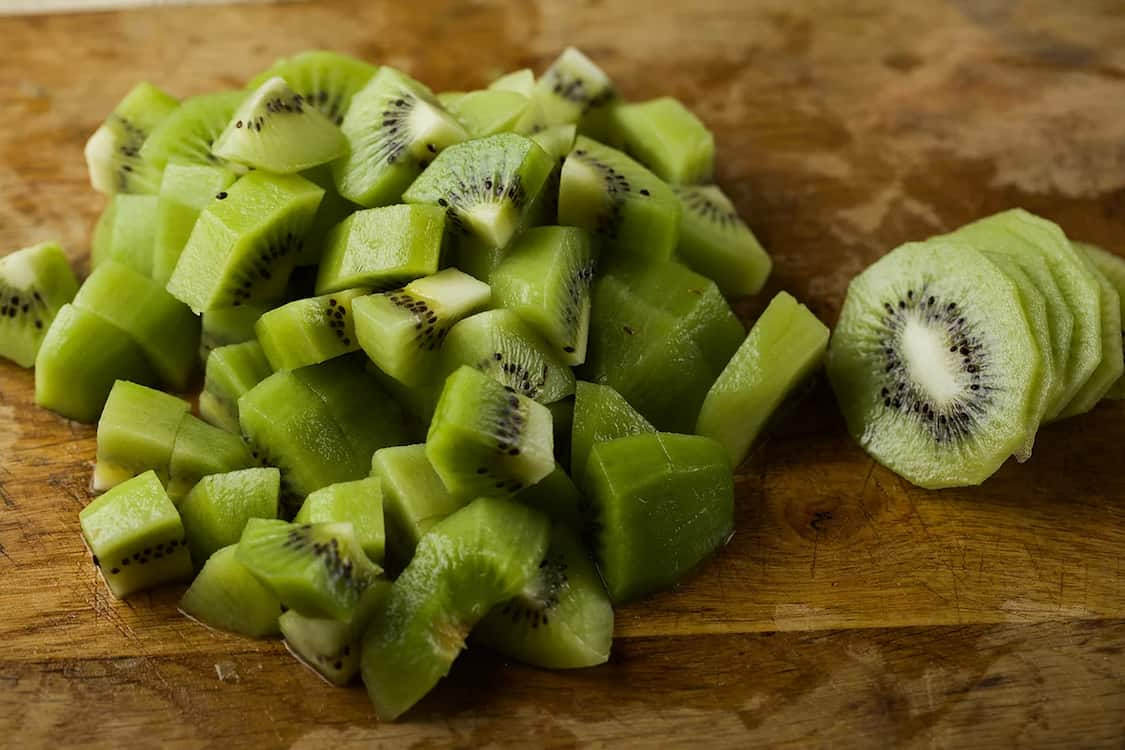
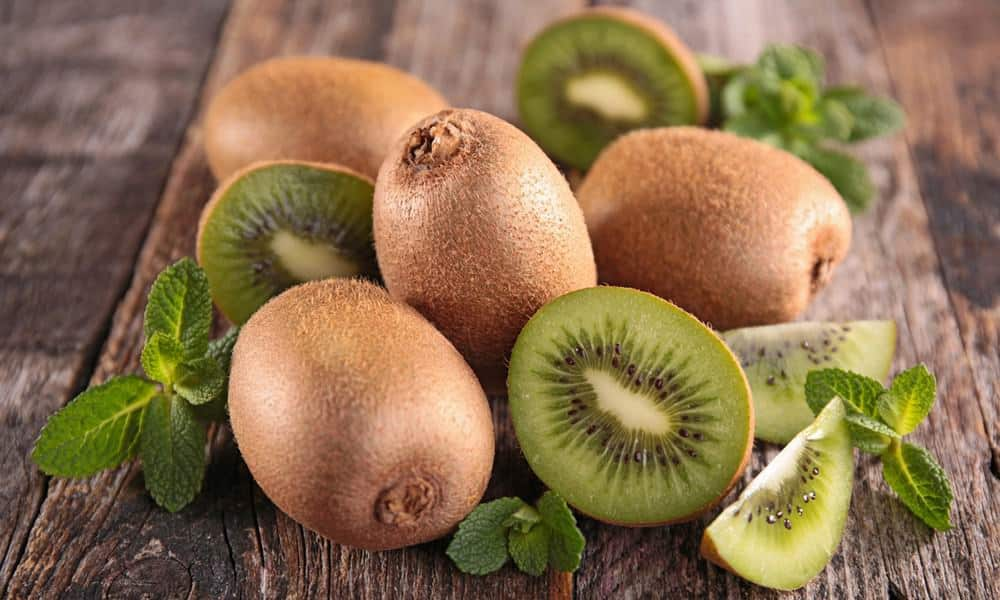



Your comment submitted.